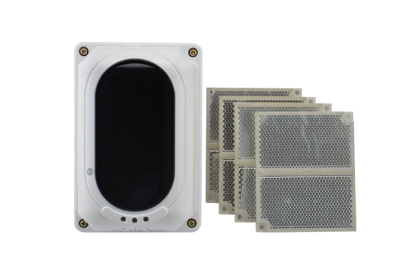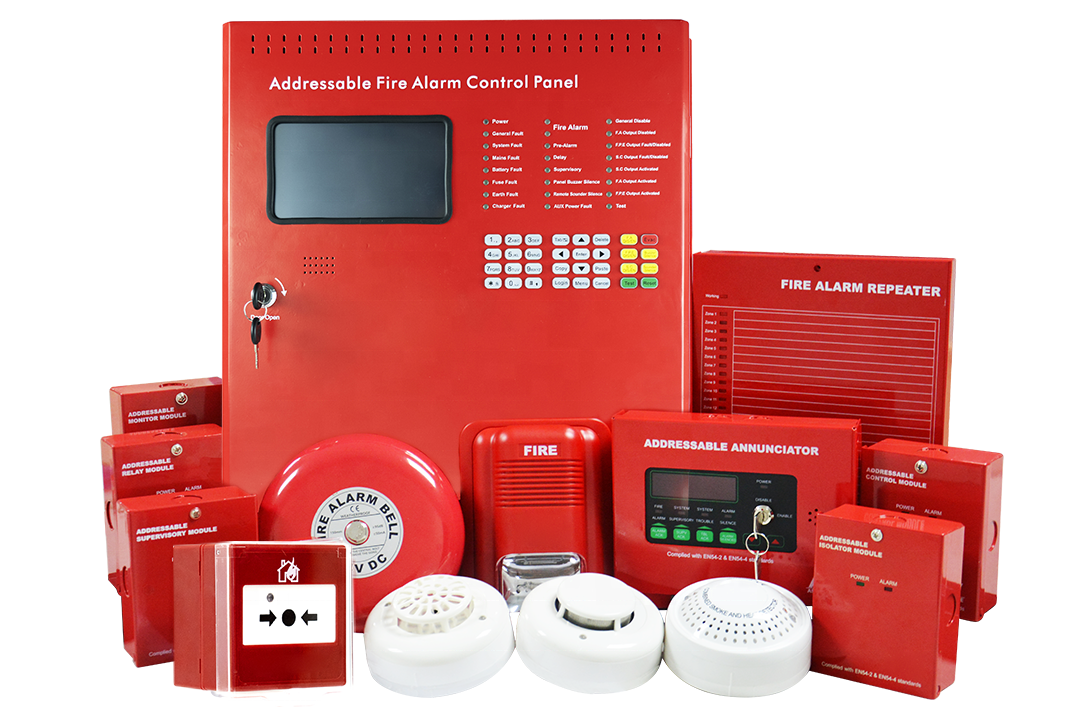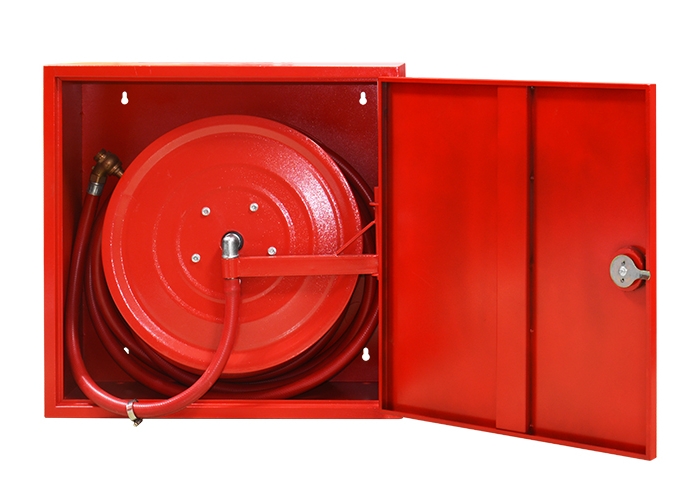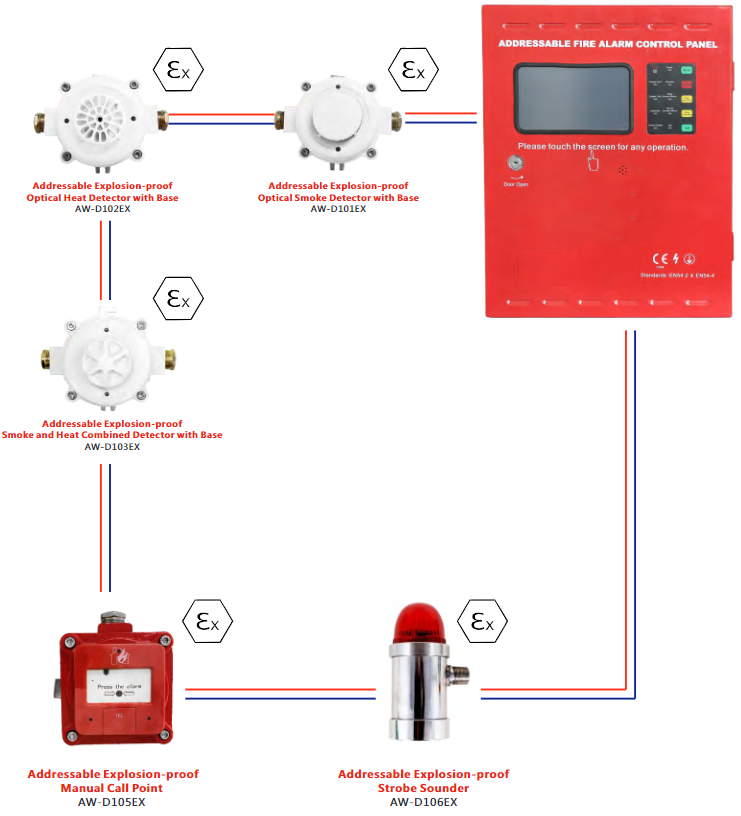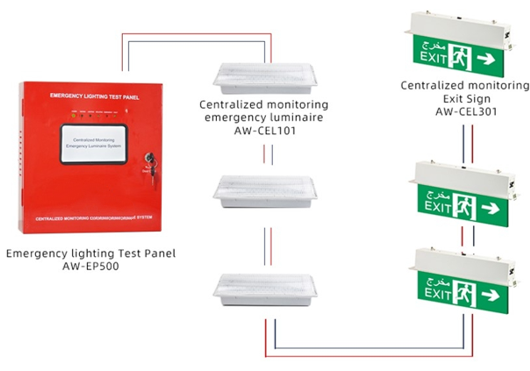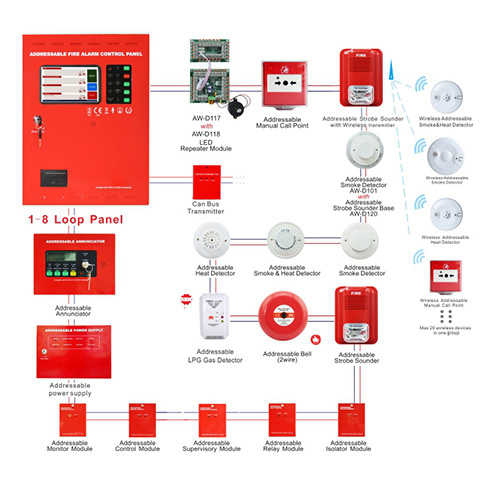Language
Language
English
日本語
Deutsch
Français
Español
Русский
Português
Italiano
한국어
ဗမာ
ไทย
Tiếng Việt
Bahasa Melayu
Polskie
Shqiptare
عربي
Azərbaycan
Gaeilge
Eesti keel
Euskara
беларуская
български
íslenskur
Bosanski
فارسی
Afrikaans
Dansk
Filipino
Suomalainen
ქართული
қазақ
čeština
Hrvatski
Latinus
Latviski
ພາສາລາວ
Lietuvių
Монгол
বাংলা
नेपाली
Türk
український
o'zbek
नहीं।
Kinyarwanda
Bahasa Indonesia
Save

